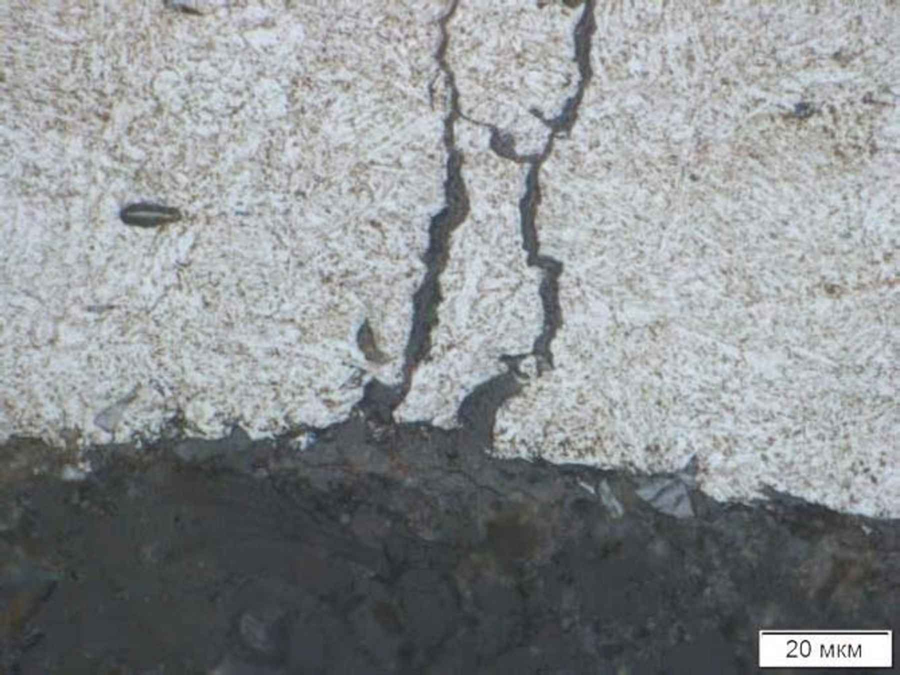ПНИПУ разработал метод, который увеличивает срок службы насосов для добычи нефти.
The article has been published in the journal "Black Metals." The research was conducted as part of the strategic academic leadership program "Priority 2030."
Up to 75 percent of all pump rod failures occur due to the destruction of the connecting thread. The cause lies in the high loads on this area, which are exacerbated by metal corrosion that is often overlooked in strength calculations. Researchers believe that the solution to this problem is in the localized strengthening of the material of the parts.
Typically, carbon and low-alloy steels are used in well equipment, forcing manufacturers to purchase the material in the form of thermally treated pump rods (steel cylindrical rods) and then cut them independently, as metallurgical enterprises do not supply products in the required timeframes and volumes. This significantly increases the cost of manufacturing pump components.
Scientists from Perm Polytechnic University, in collaboration with the leading machine engineering company in Perm, JSC "ELKAM-Neftemash," have developed a technology for strengthening rods using induction heat treatment. They used corrosion-resistant steel 40X as the material.
Compared to other processing methods, the technique developed by PNIUP researchers ensures rapid heating, high productivity, enhanced mechanical properties, energy savings, and reduced production costs. This method implements three to four strengthening mechanisms simultaneously.
“We produced five series of steel samples that differed by their thread type and underwent induction heat treatment at various temperatures. They were then subjected to fatigue tests to determine how long they could withstand cyclic loads. The components were rotated using a special machine at a frequency of about five Hz, creating alternating tension and compression in the thread of the product,” explains Yuri Simonov, head of the "Metallurgy, Thermal and Laser Treatment of Metals" department at PNIUP, Doctor of Technical Sciences.

“The best results were demonstrated by samples treated with a quenching mode of 850 °C followed by heating at 400 °C. Samples manufactured under the same conditions but with tempering at 600 °C showed nearly identical durability. Those with rolled threads were slightly inferior,” says Stanislav Moltsen, a graduate student at the "Metallurgy, Thermal and Laser Treatment of Metals" department at PNIUP and Quality Director at JSC "ELKAM-Neftemash."
The implementation of the developed rod strengthening technology will not only reduce the likelihood of component failure but also enhance the durability of deep well pumps. According to calculations by Perm Polytechnic University scientists, this could lower the production cost of just one type of component by 2.2 million per year and increase the profitability of products overall by 2.5 percent.